Kawasaki’s liquefied hydrogen carrier departs to pick up first cargo
Green Car Congress
DECEMBER 27, 2021
This vessel was developed to provide a means of transporting liquefied hydrogen at 1/800 of its original gas-state volume, cooled to –253°C, safely and in large quantities over long distances by sea. A return to Japan is expected around late February. The vessel can carry 75 tonnes of liquefied hydrogen in one trip.

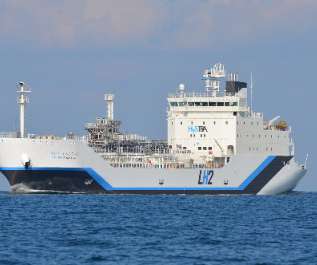

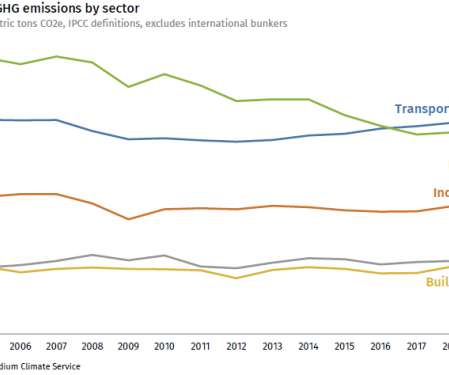













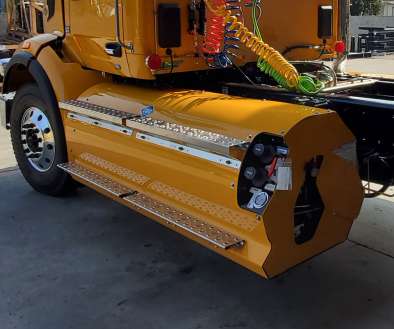


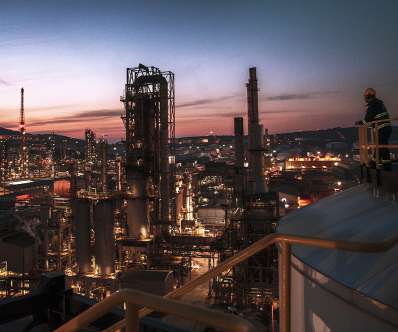

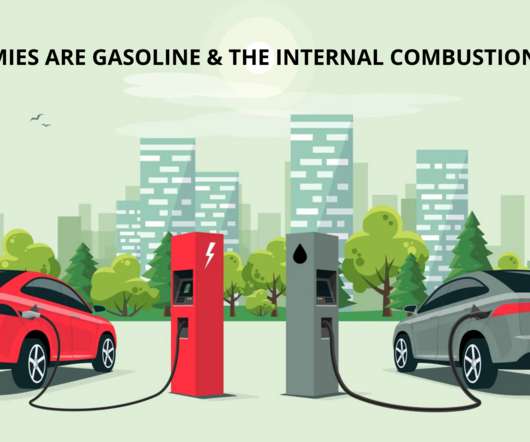




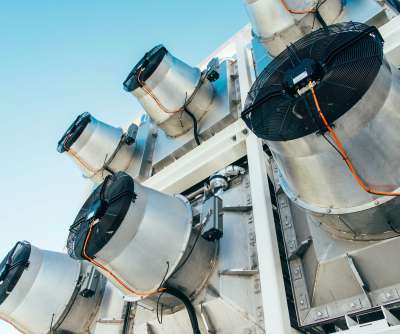











Let's personalize your content